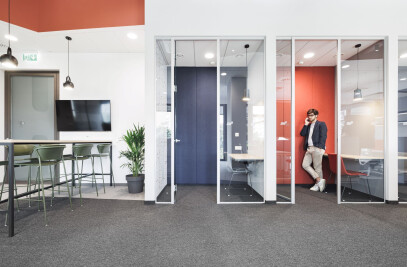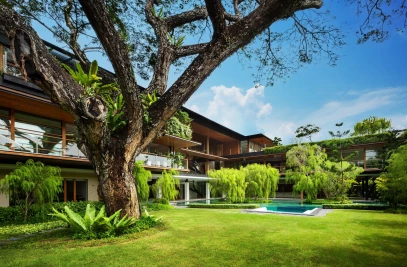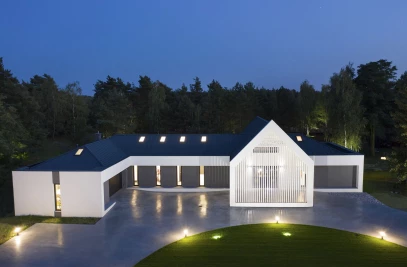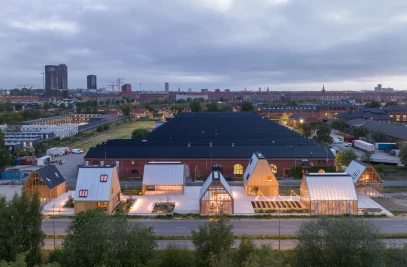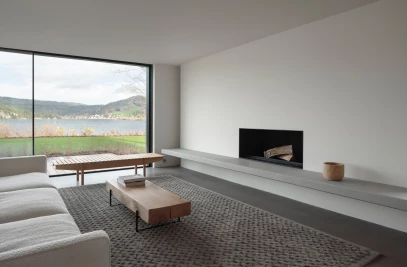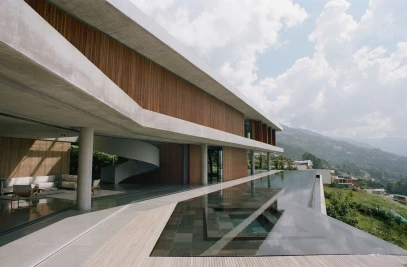Toronto’s tallest tall-timber office building to date is starting construction. It is a design collaboration between BNKC Architects, Blackwell Engineering and timber fabricator Structure Fusion. Targeting a LEED Gold certification, the 8-storey tower owes its thanks to a patient developer and an integrated design, engineering and supplier team with a willingness to experiment.

The tower is located in a Toronto neighborhood known for its 1920’s vintage brick warehouses. The idea here was to celebrate the open loft nature of these warehouses but not to update the old warehouse form, with brick exteriors, punched windows and, in particular, heavy ceiling beams that block light and interfere with mechanical systems such as ducts and pipes which run under the roof.

To create an open, light-filled space, columns were placed at 9-meter interval. To avoid overly deep ceiling joists, the team developed an innovative flat ceiling system. Developed in collaboration with the project team’s structural engineer, Blackwell Engineering, and mass timber fabricator, Structure Fusion, the Deltabeam® hybrid solution combines nail laminated timber (NLT), steel beams, and poured in place concrete to create floors that are up to 50% thinner than other mass timber projects in development. The resulting flat ceilings easily accommodate building systems, and the strength of the hybrid system allows for a desirable 9-metre grid, making the building highly flexible for developer and owner Next Property Group and their future tenants.

Current code has recently increased the number of floors allowed in wood structures to 12 from six storeys, but still requires that wood be covered with drywall for fire protection. BNKC’s solution for 77 Wade surpassed the code requirements and they were able to achieve an unprecedented height and percentage of exposed wood by negotiating with the City’s building department through the Alternative Solutions Process.
The building will be clad in a folded curtain wall to provide a dynamic form at street level and expose the innovative structure within. The form of the main entrance invites users into retail and collaboration spaces with the geometric unfolding of the space akin to origami. Above, a wood canopy creates shade for a landscaped outdoor POP that leads to parking, bike storage, and a path connecting Metrolinx’s planned linear park and a multi-use trail.

77 Wade demonstrates what’s possible when a team of creative thinkers challenges themselves to think outside the box – or code. This prototypical building provides a replicable and scalable model for future commercial developments that can share in the biophilic and carbon sequestration benefits of wood construction.

























